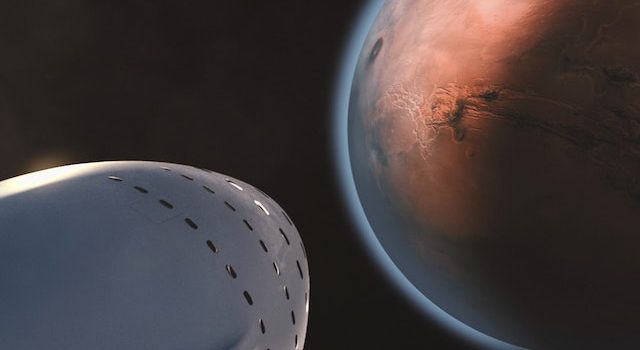
Exploring Mars has been a fascinating endeavor for NASA, and one intriguing aspect of this mission is the naming of various locations on the planet’s surface. While it may seem like a simple naming convention, there are significant reasons behind this practice. Here’s why NASA names every location it studies on Mars:
1. Scientific Reference: Naming specific features on Mars provides a consistent and standardized way for scientists to refer to different locations during research and exploration missions. It helps in establishing a common language among scientists, ensuring effective communication and collaboration in studying the planet.
2. Navigation and Mapping: Mars is a vast and complex planet, and having named locations allows for accurate navigation and mapping of the terrain. By assigning names to prominent landmarks, craters, mountains, valleys, and other geological features, scientists and engineers can create detailed maps and charts for future missions. This aids in safely maneuvering rovers and spacecraft across the Martian surface.
3. Historical and Cultural Significance: The naming of Martian features often reflects historical and cultural themes, paying homage to significant contributions in science, exploration, and human history. It allows us to connect with our own heritage and serves as a reminder of our achievements in space exploration.
4. Public Engagement: Naming Mars’ locations also provides an opportunity for public engagement and interest in space exploration. NASA often involves the public in the naming process by soliciting suggestions and holding naming contests. This encourages public participation and fosters a sense of ownership and excitement about our exploration of Mars.
5. Legacy and Recognition: By naming locations on Mars, NASA immortalizes the contributions of individuals and missions associated with space exploration. It honors scientists, astronauts, engineers, and others who have dedicated their efforts to expanding our understanding of the universe. It also ensures that their achievements are recognized and celebrated for generations to come.
It’s important to note that the process of naming Martian features goes through careful consideration and evaluation by the International Astronomical Union (IAU), which is responsible for the official naming of celestial bodies and their features. The IAU ensures that the names adhere to specific guidelines and maintain consistency across different planetary bodies.
In summary, naming locations on Mars serves multiple purposes, including scientific reference, navigation, mapping, historical and cultural significance, public engagement, and recognizing the contributions of individuals and missions. This practice not only facilitates scientific research and exploration but also captures the imagination of the public and highlights our remarkable journey to unravel the mysteries of the Red Planet.










